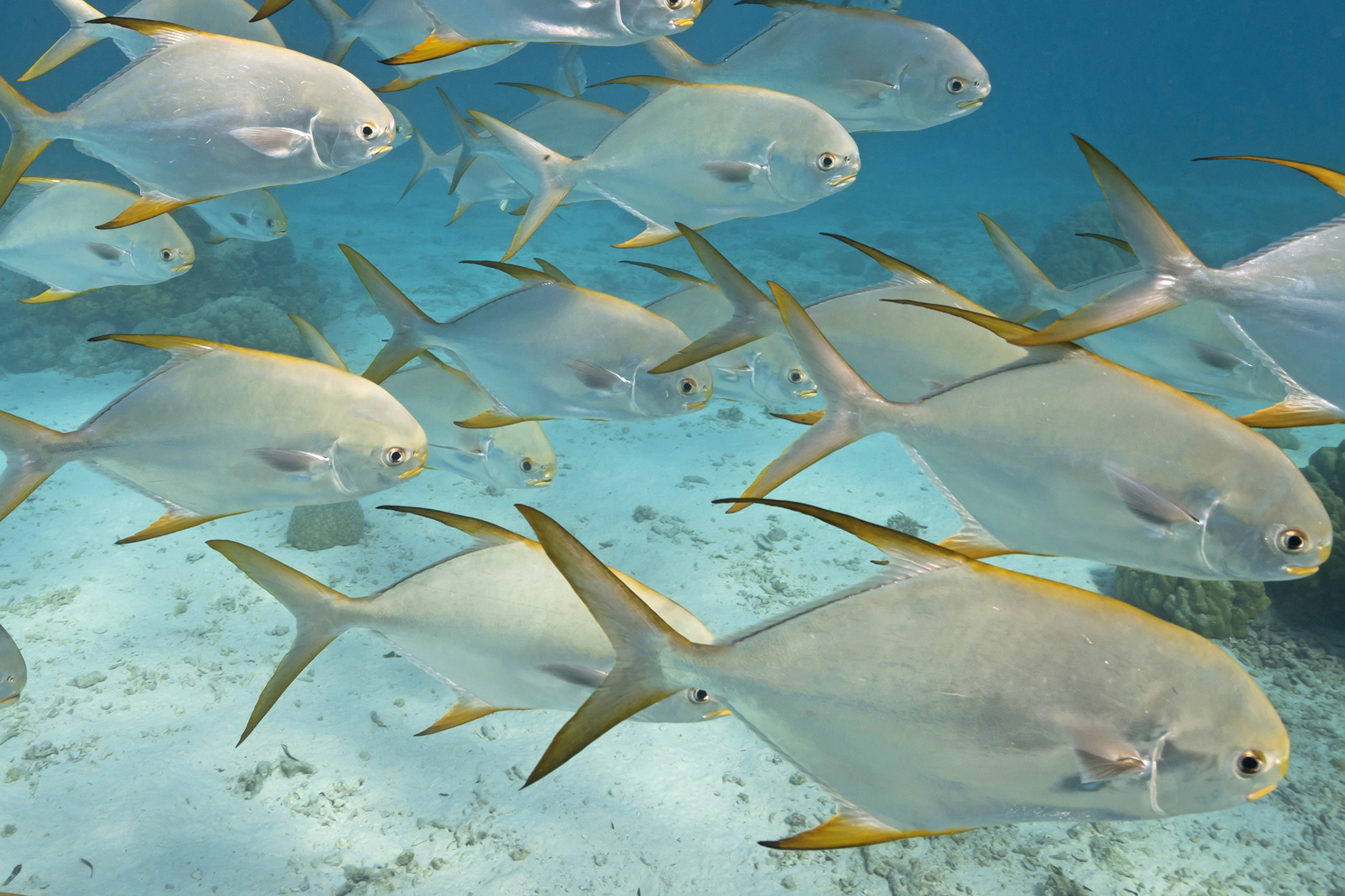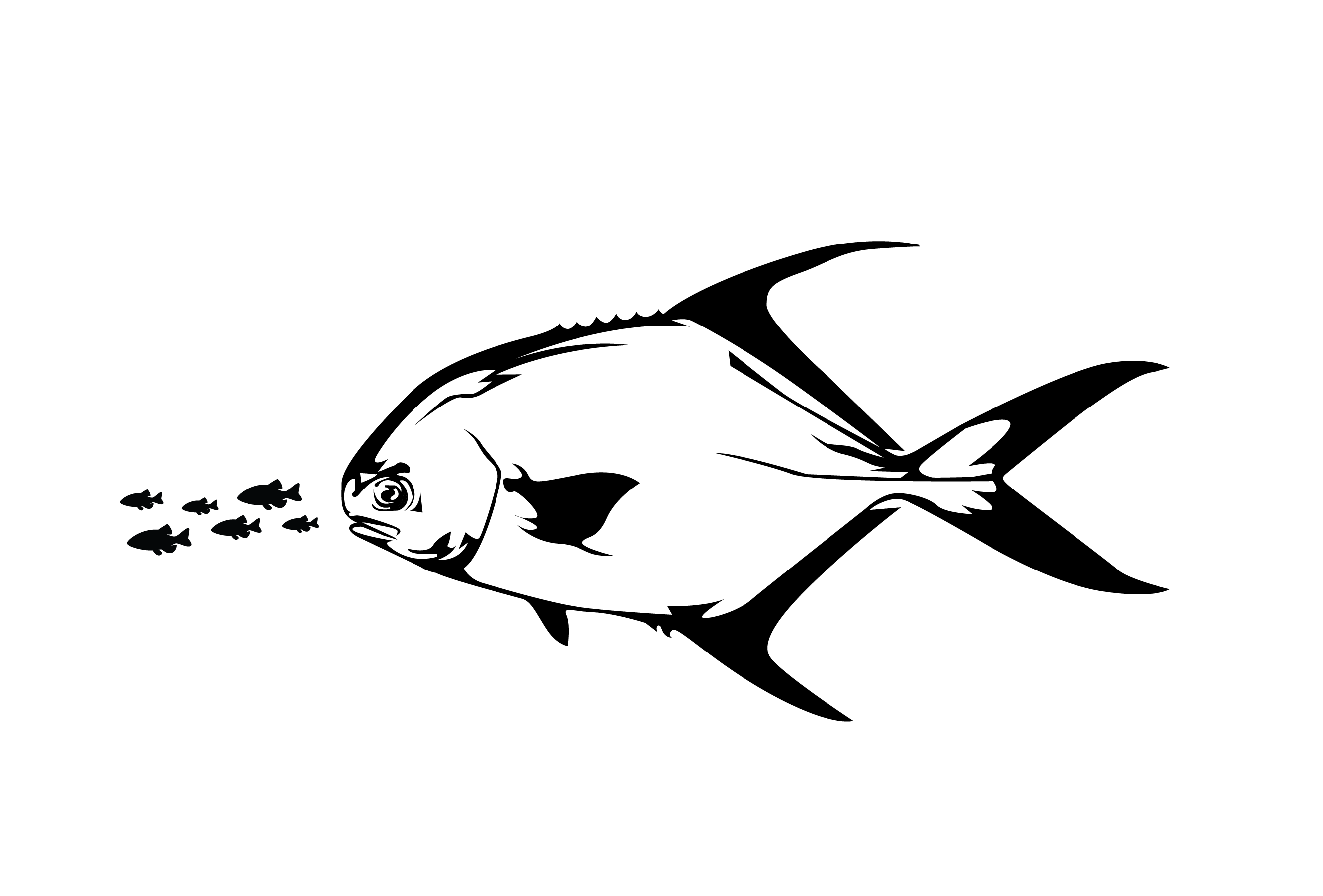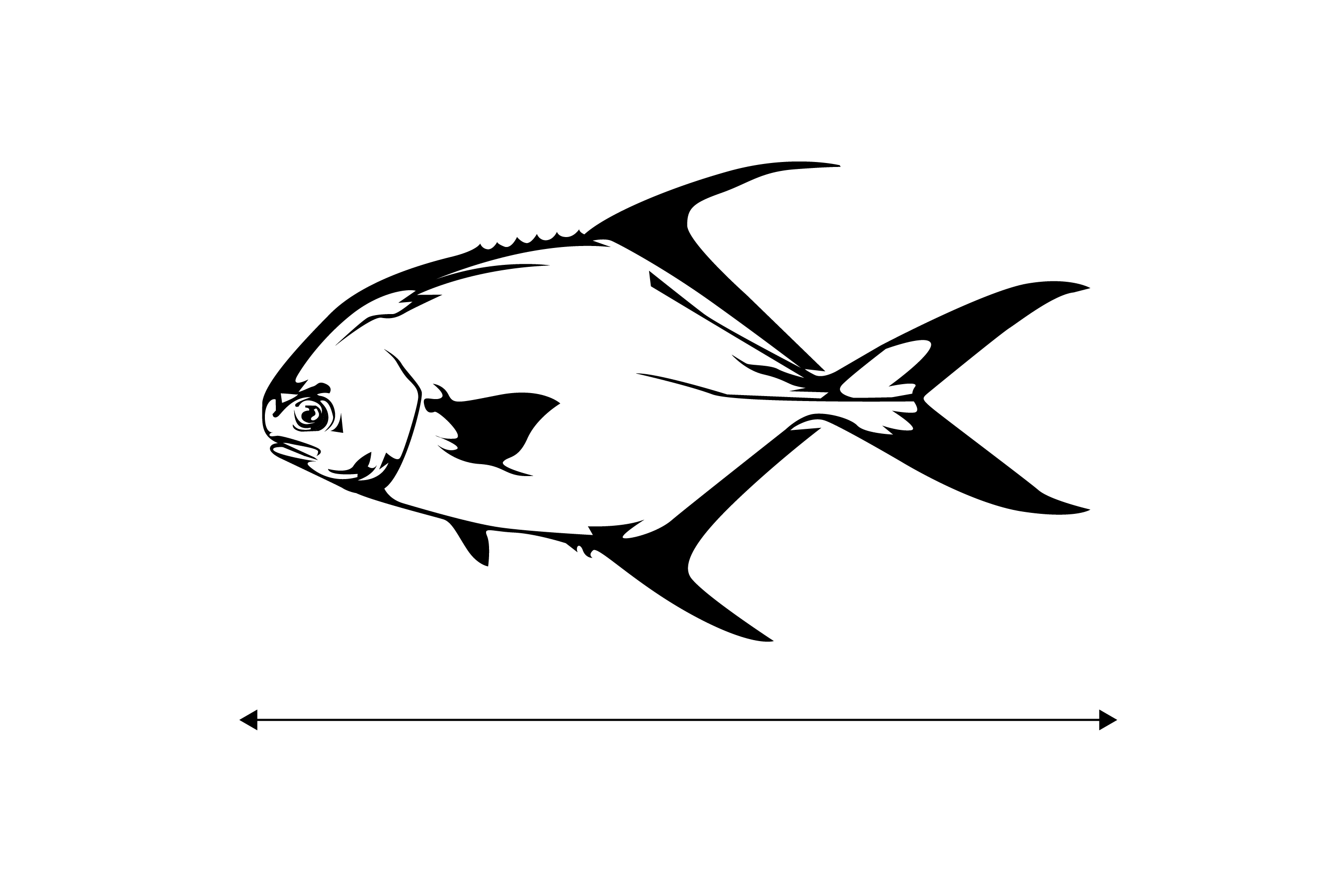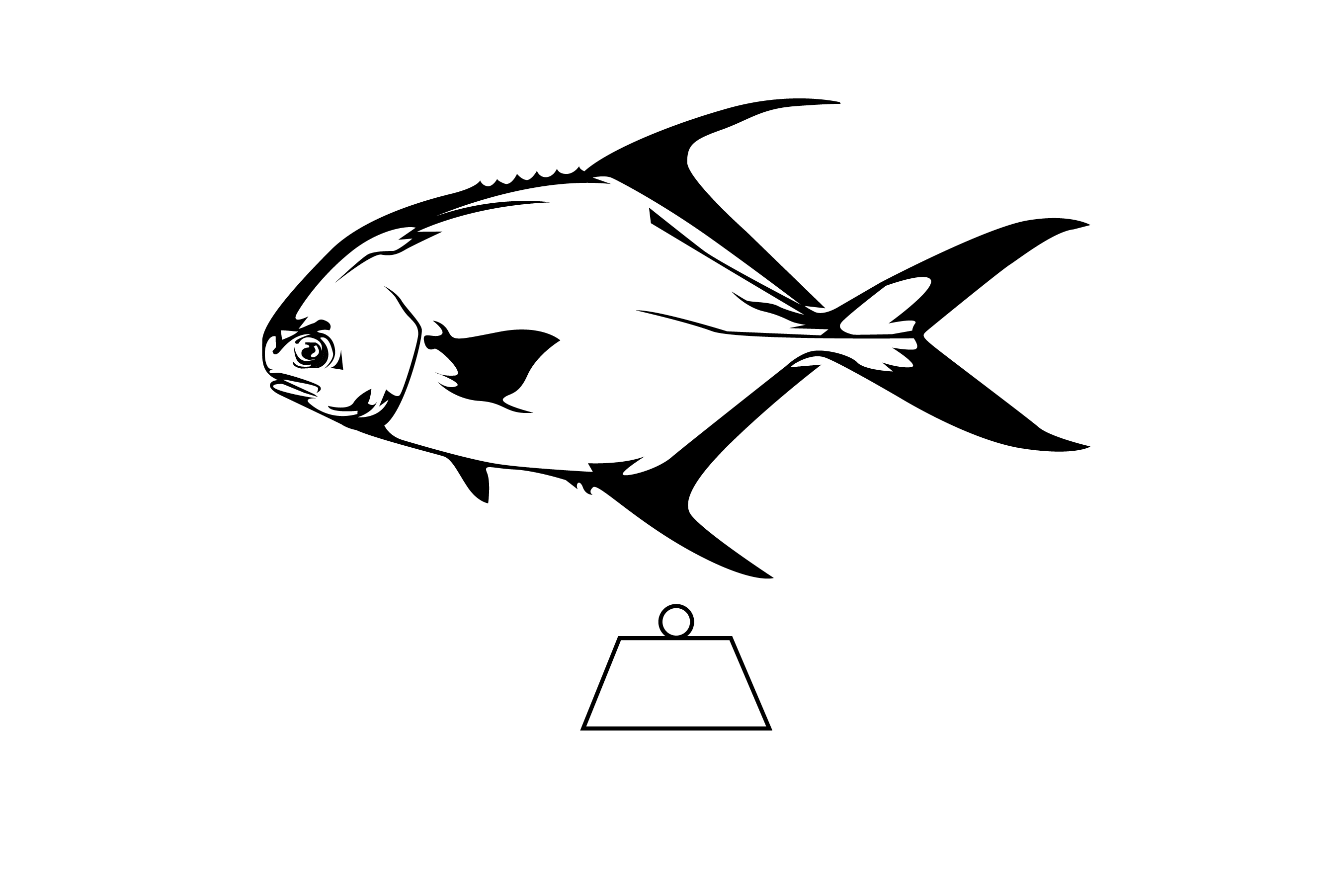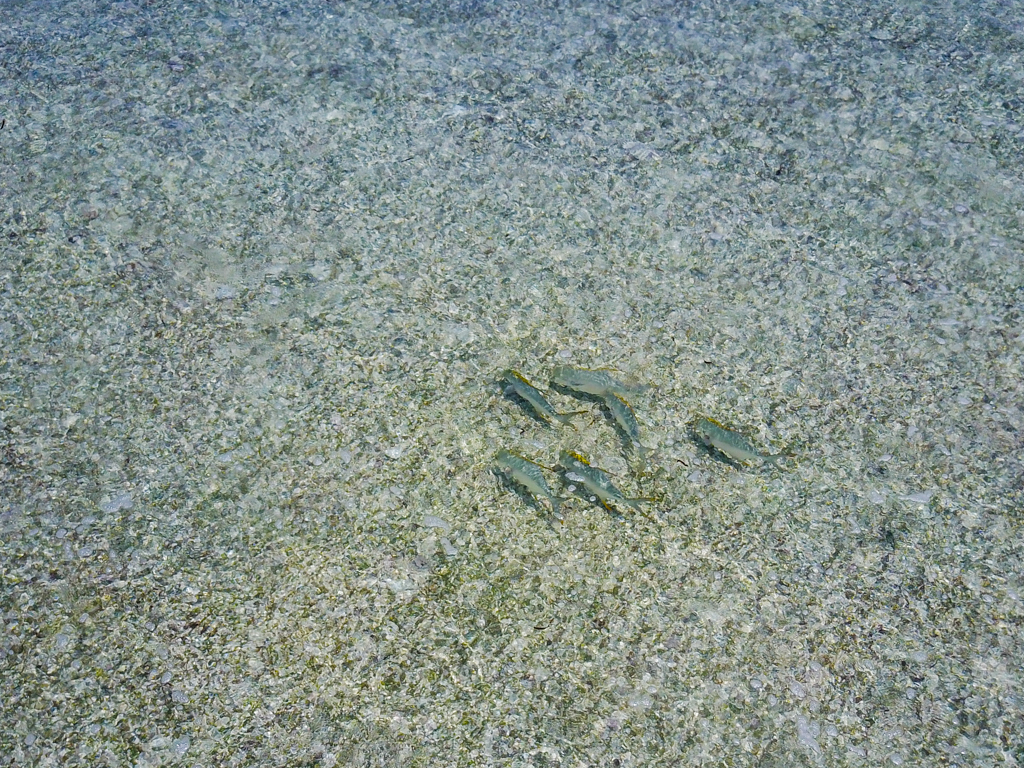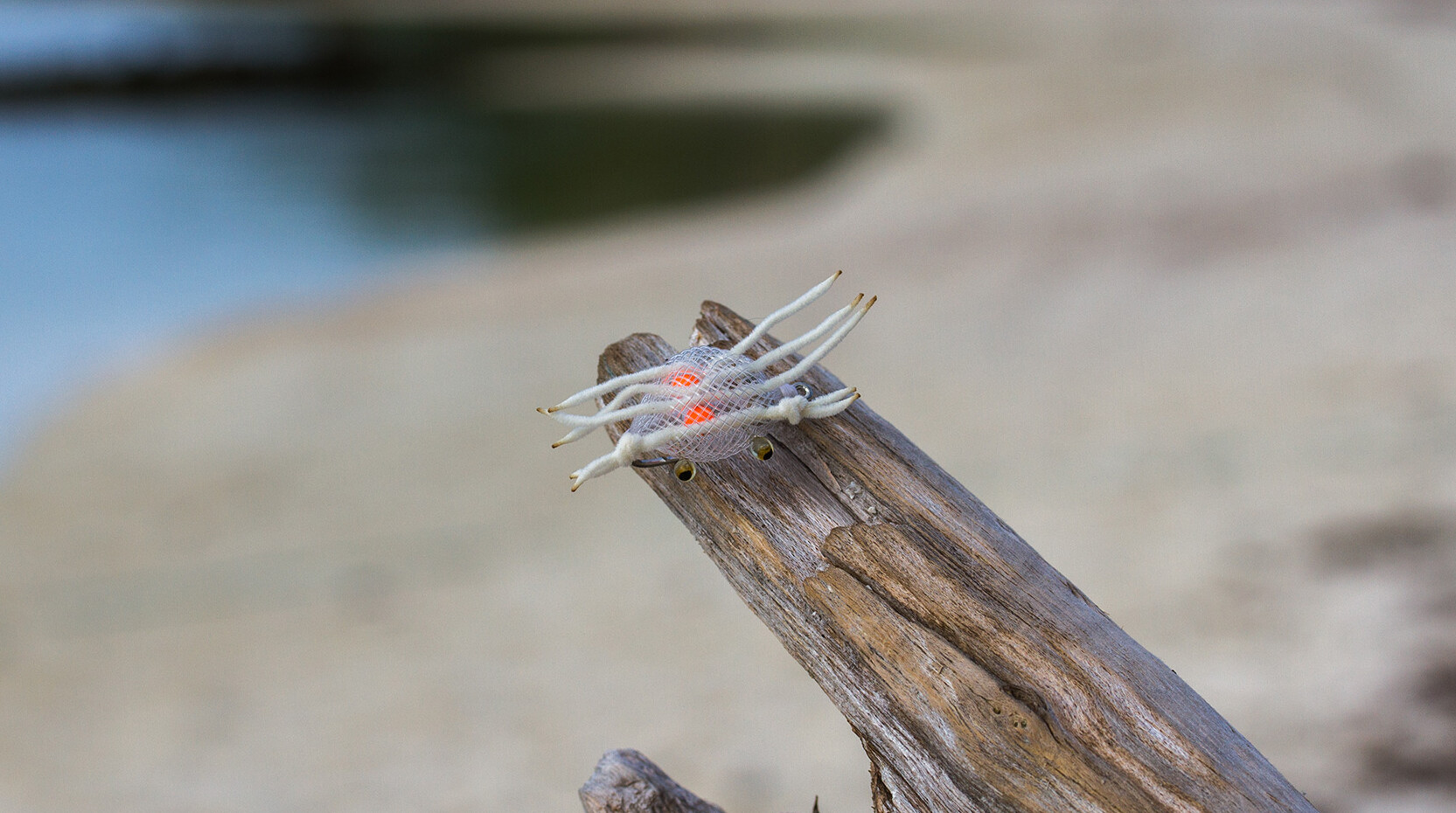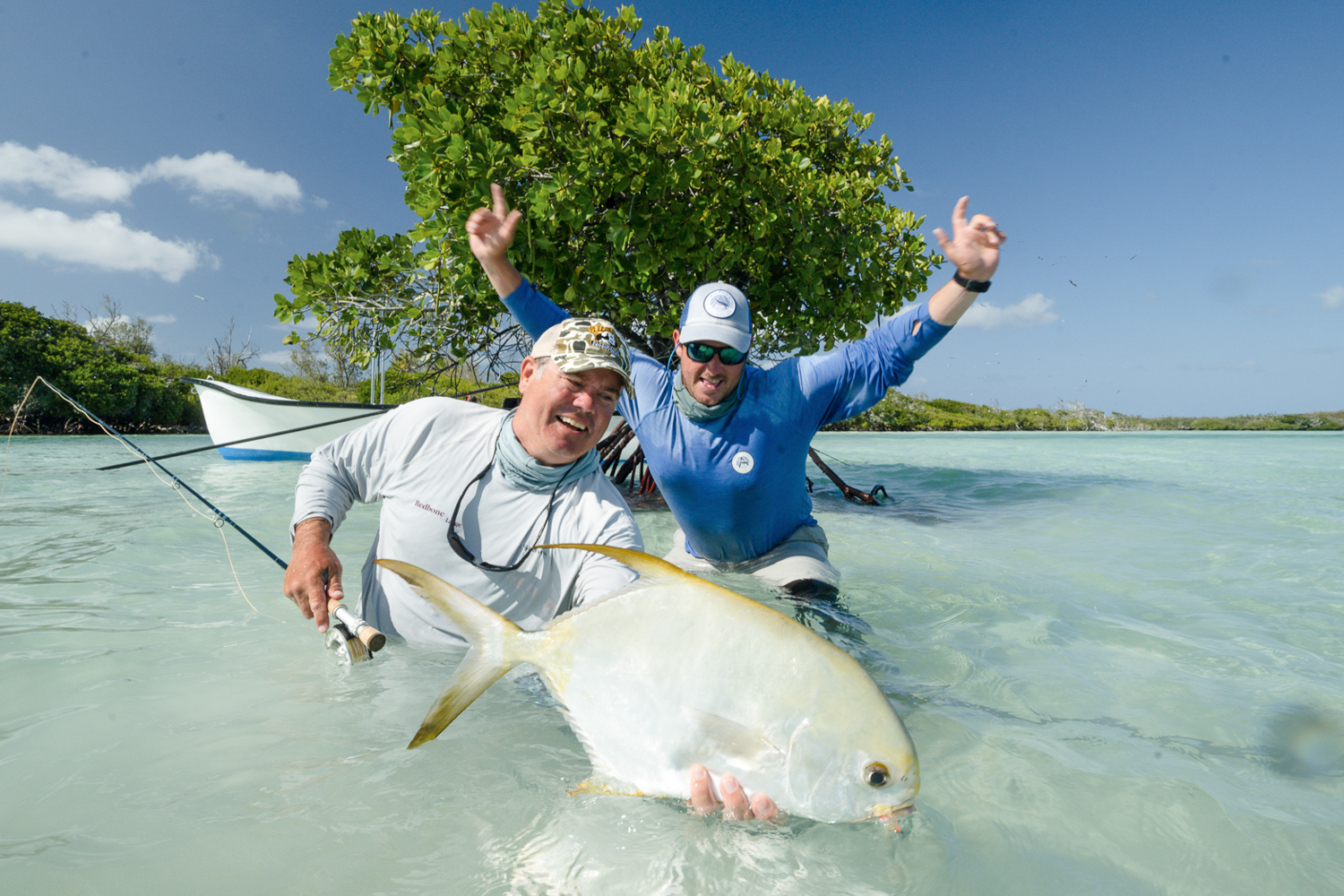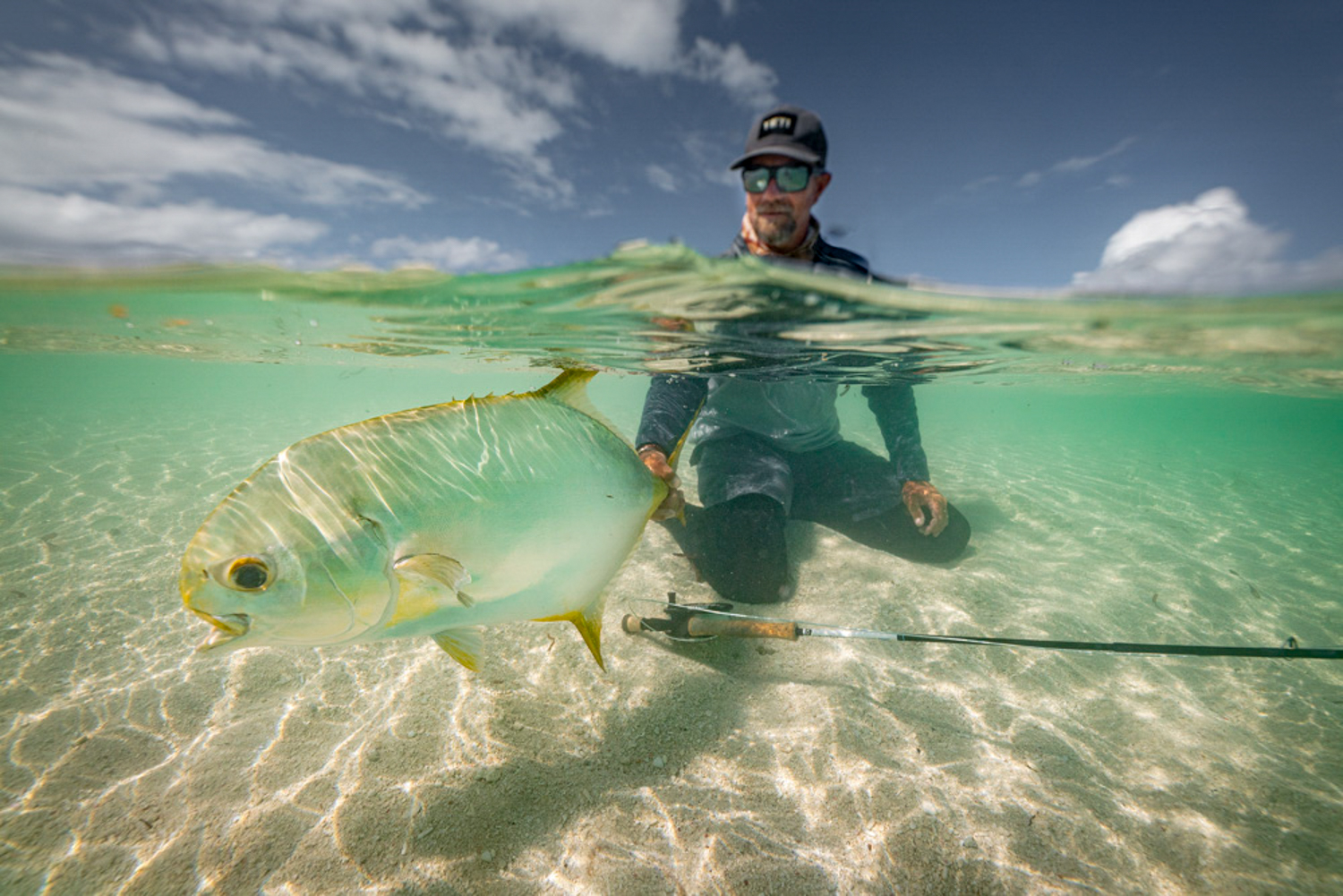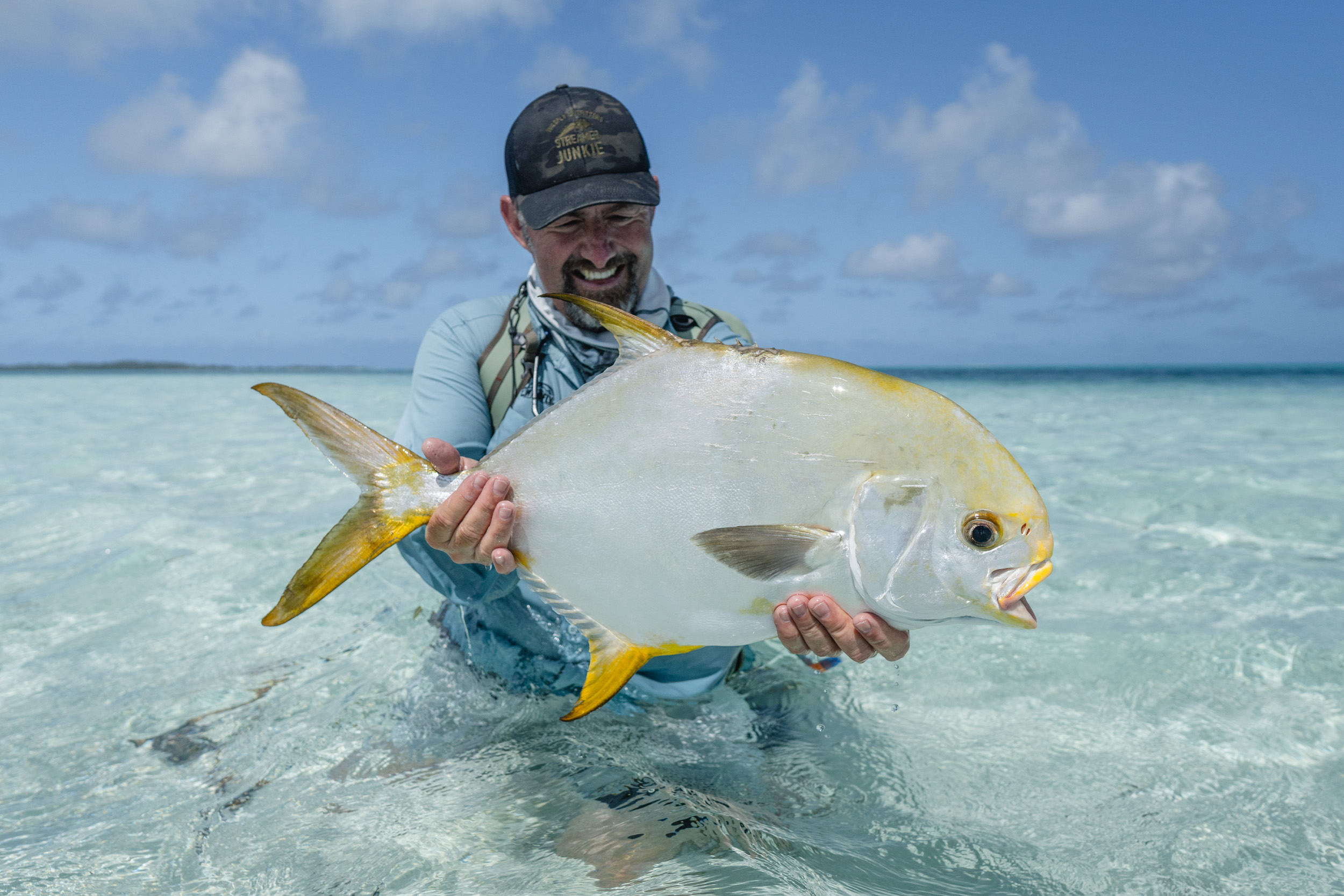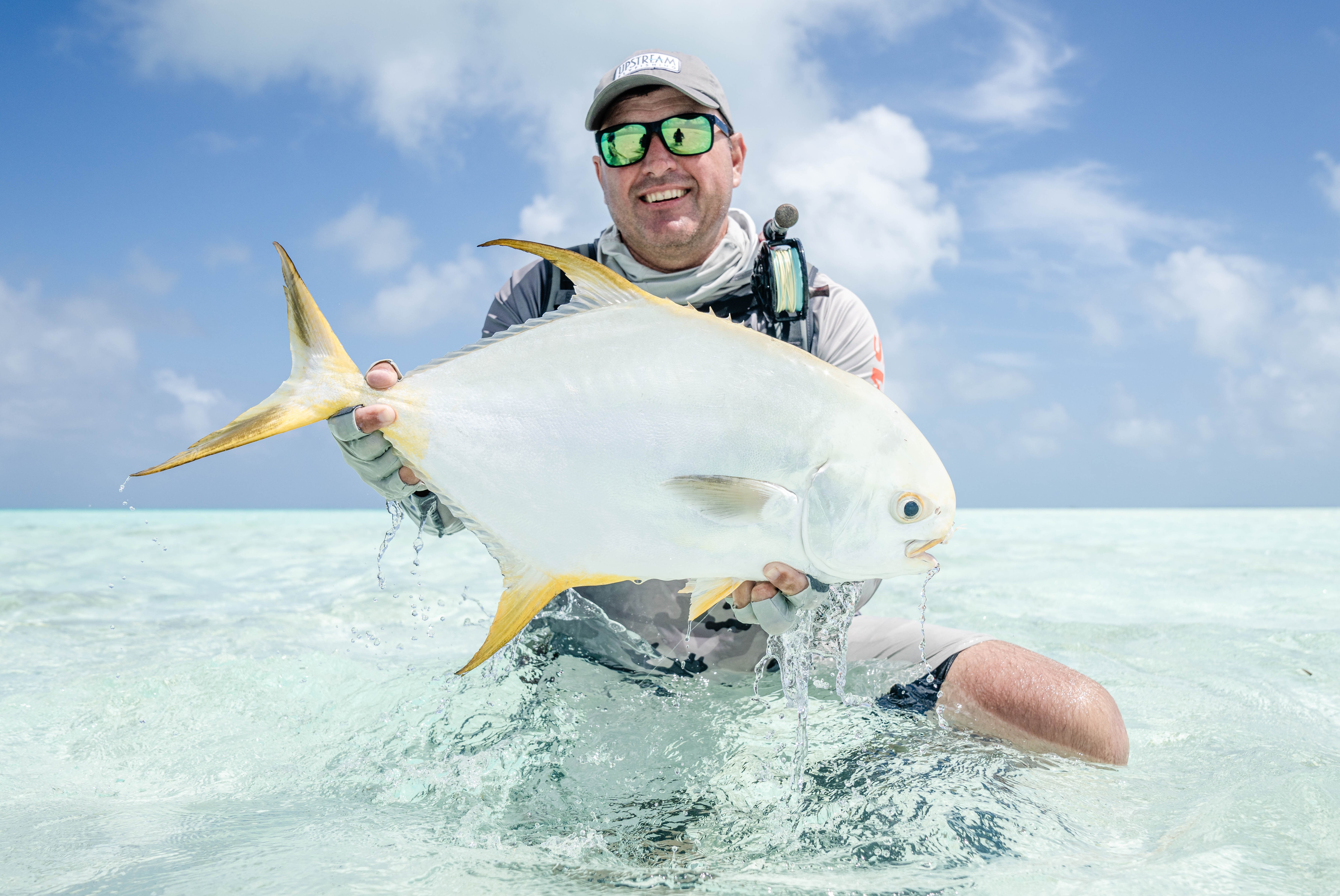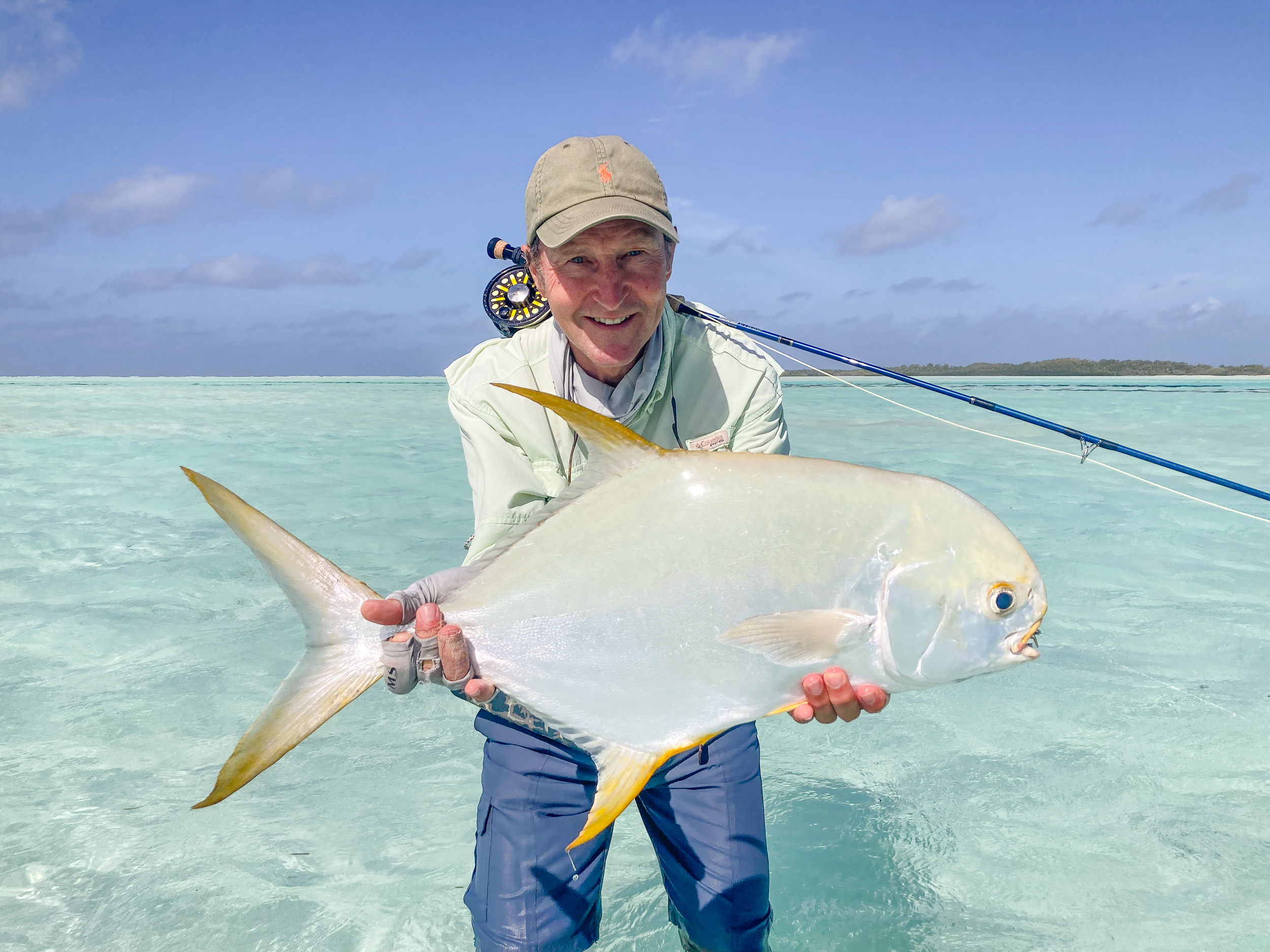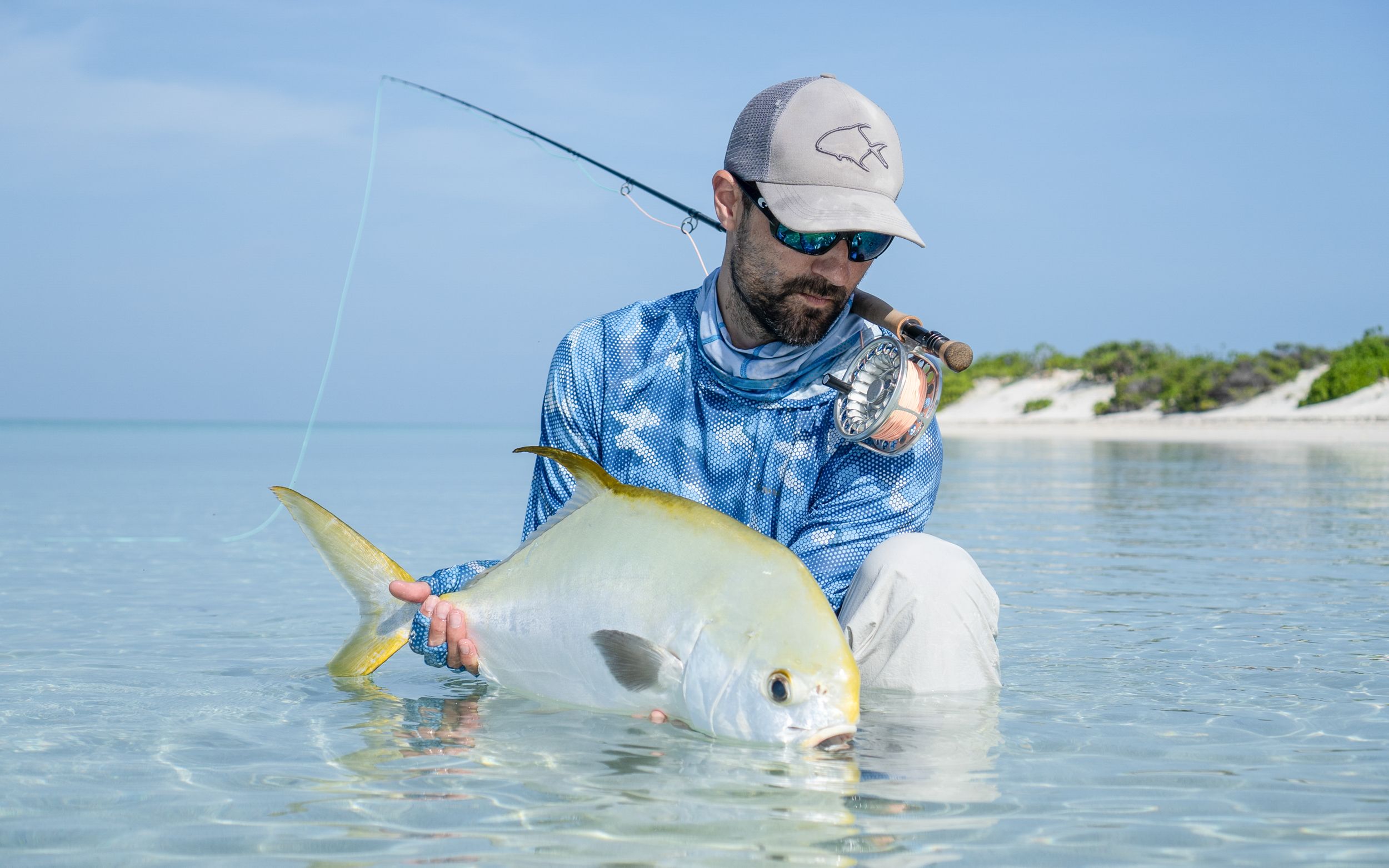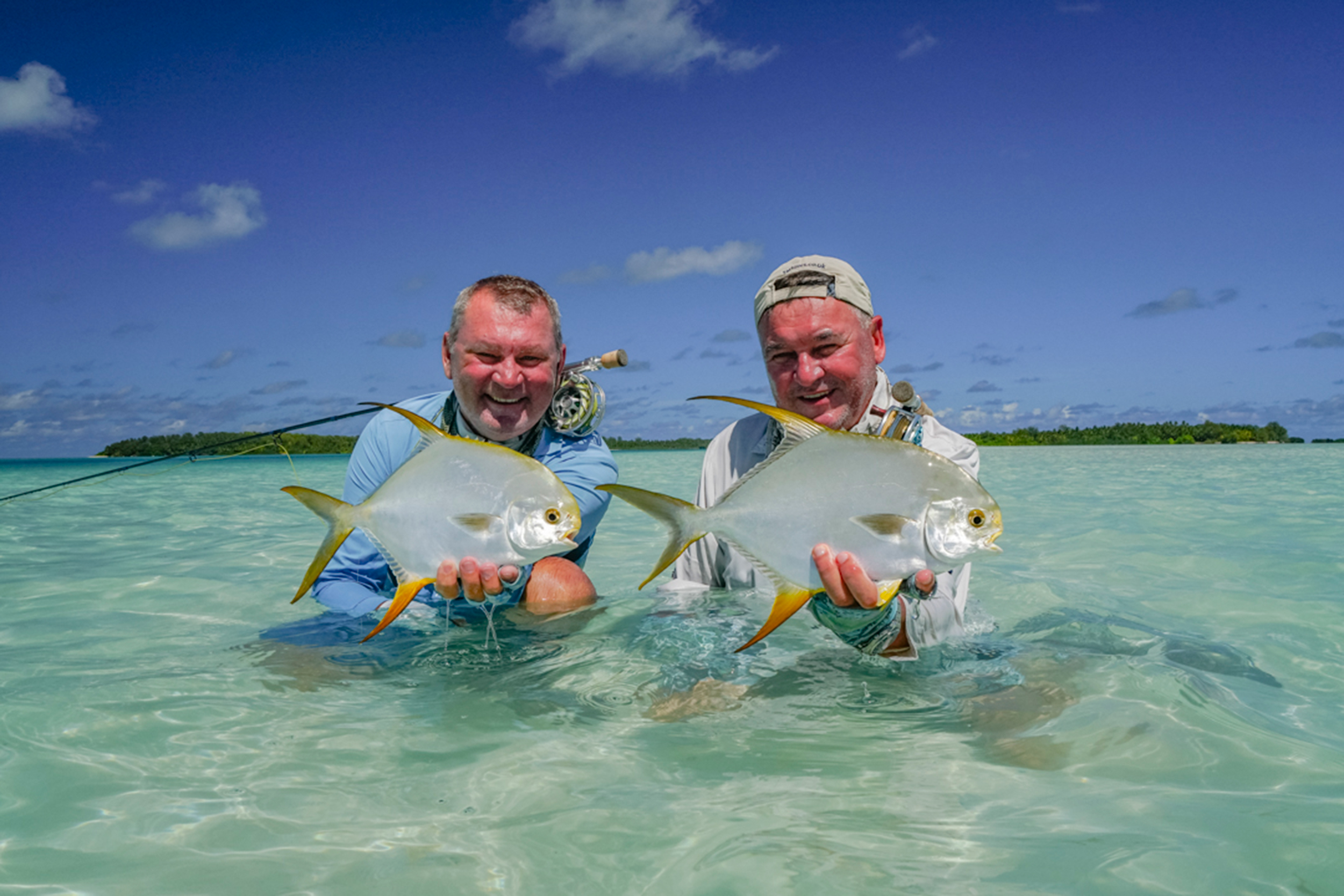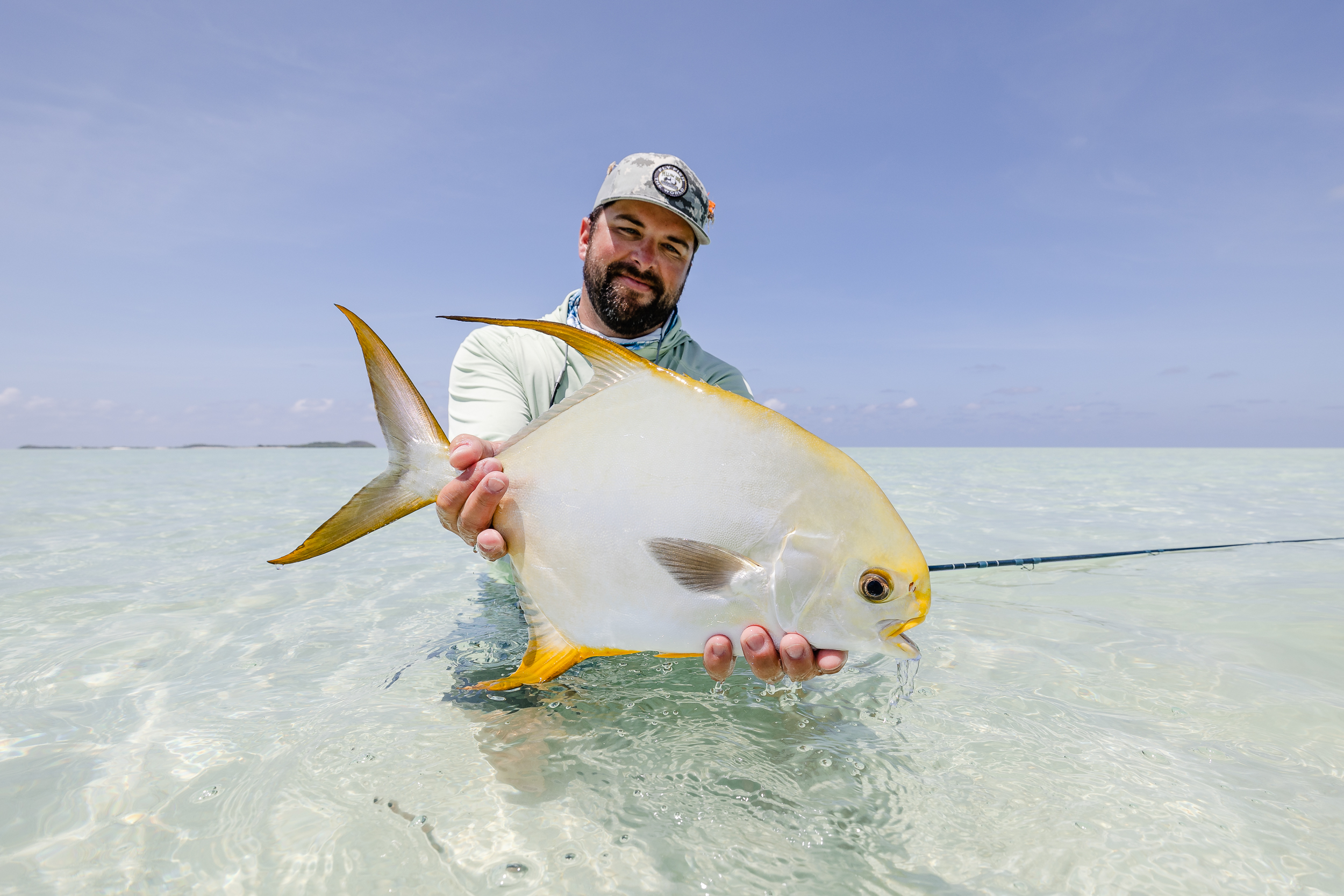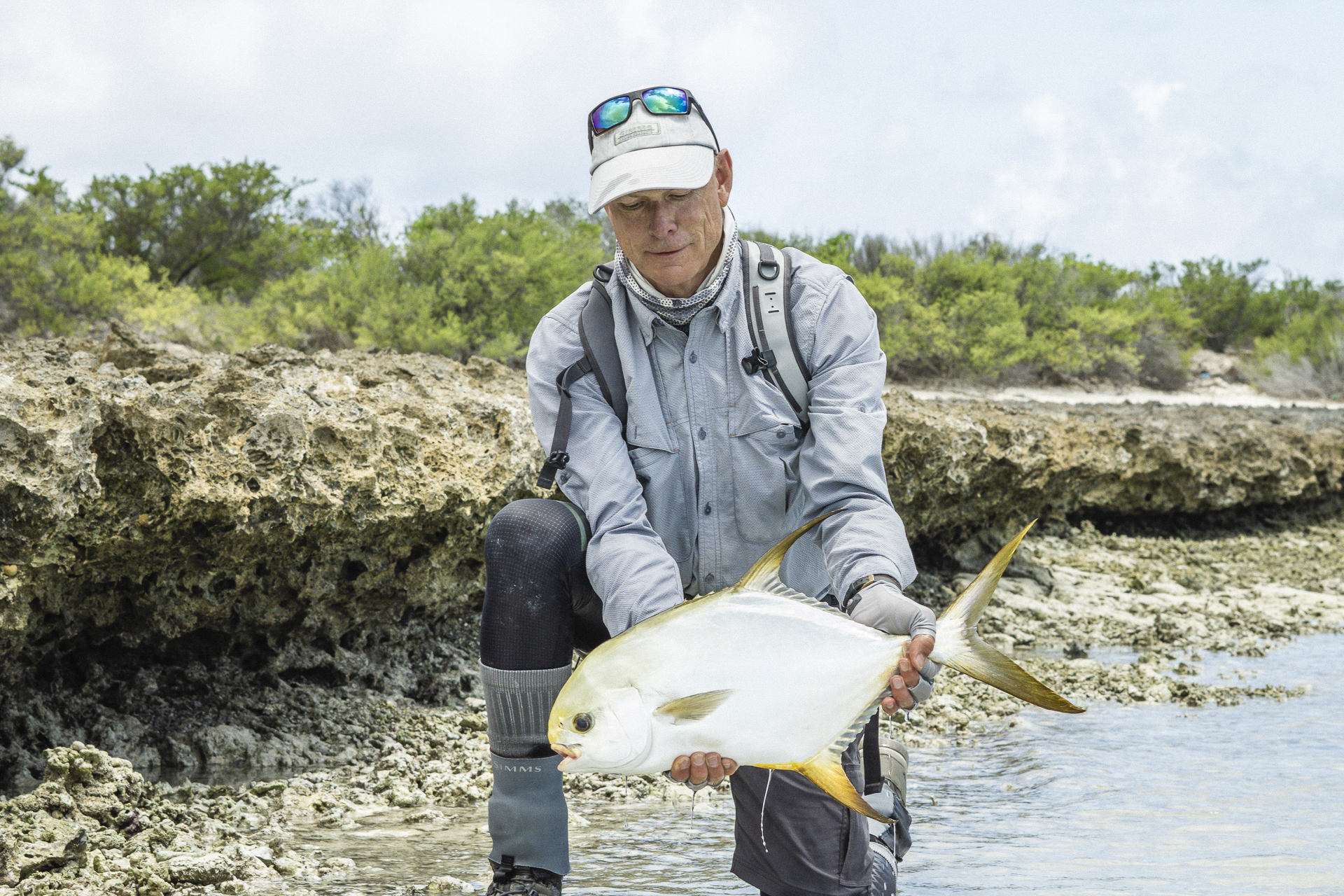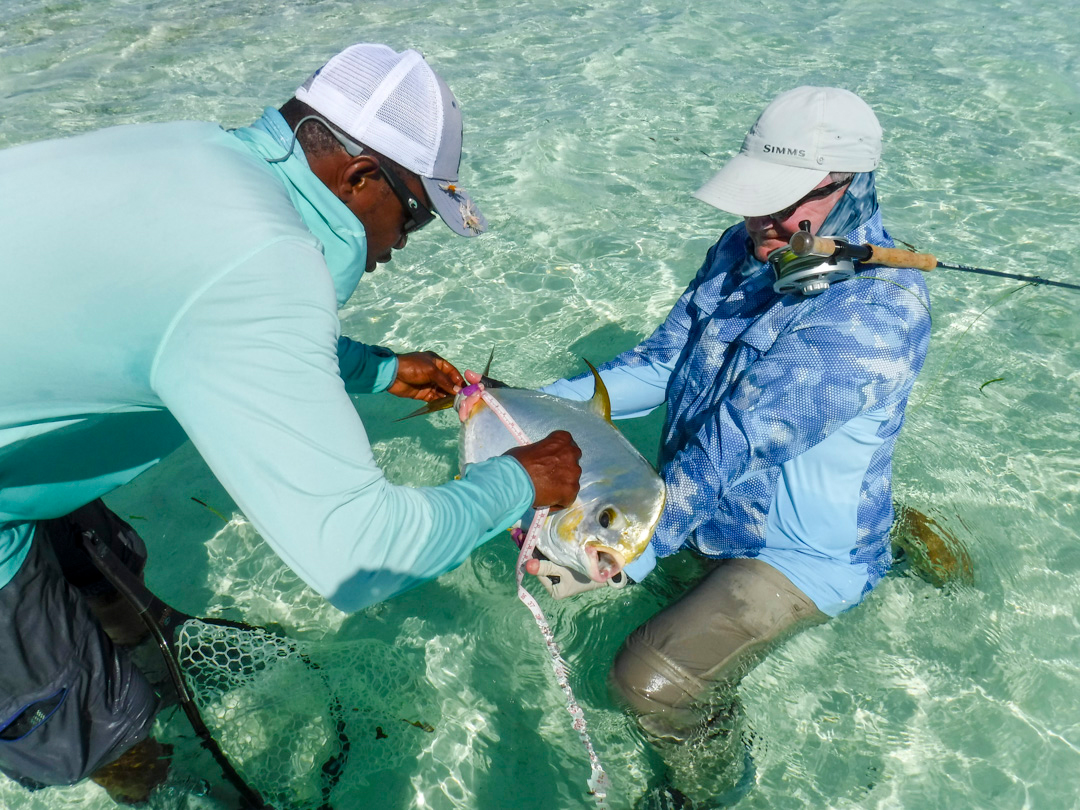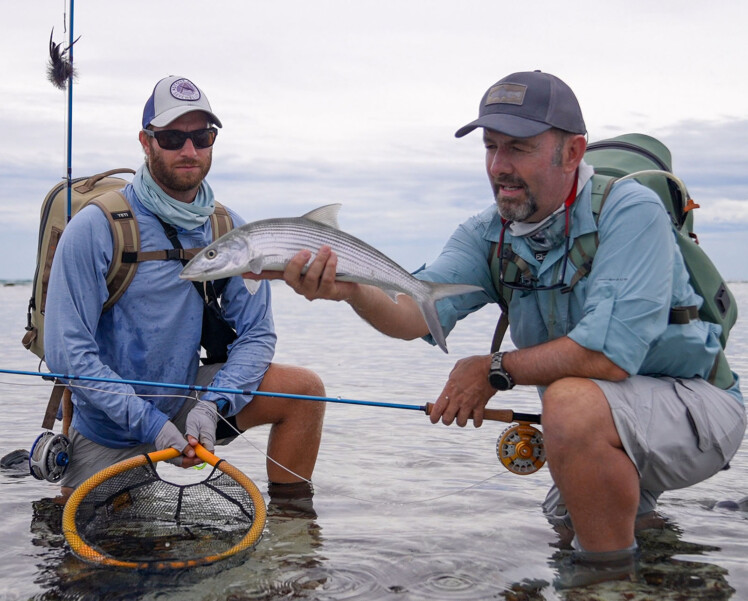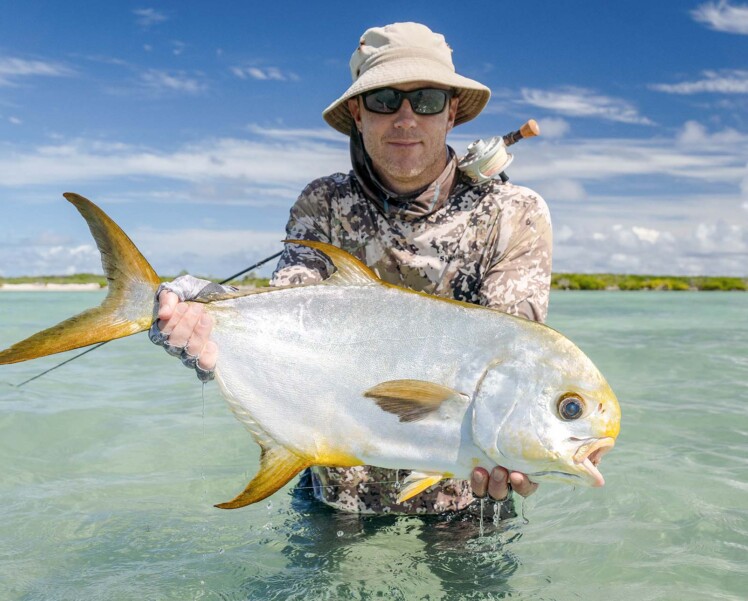Out of all the species we target around our atolls, permit species are the most skittish of all, and it is crucial that a very subtle presentation is made when presenting the fly to them. Once hooked, the battle is still not won and permits fight hard right up to the net, so it’s important that the rod you are using can match the fish’s power and durability. We, therefore, found that either a 9 or a 10-weight rod works best.
Here are 3 flies that will always be in our guides’ fly boxes.


